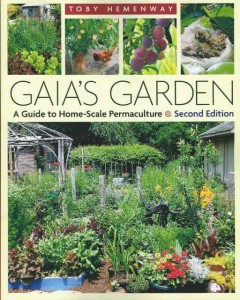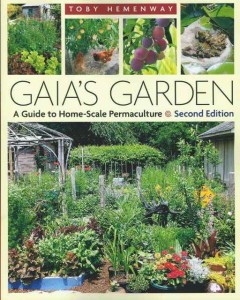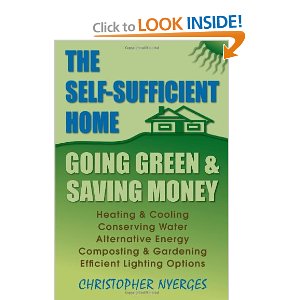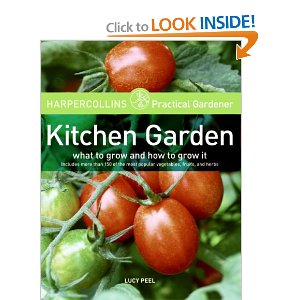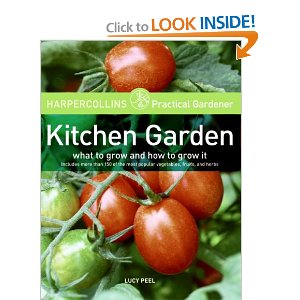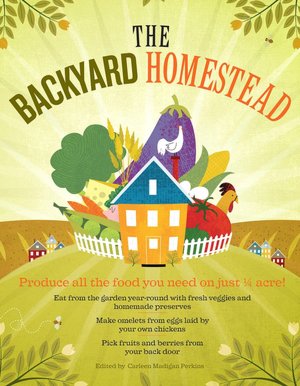 We decided to tackle our own foundation. The estimates we are receiving for much of the work on the house are in most cases double the cost of doing doing it myself. The cost for labor is very high, and sub contractors are adding a percentage on top of the cost of materials. As a result I have decided to manage my own monolithic foundation pour. I will do everything except the actual pouring of concrete. I have a sub who will inspect the pre-work, make recommendations for improvements, if any, and bring a crew to mash the mud into the holes and smooth it all out.
We decided to tackle our own foundation. The estimates we are receiving for much of the work on the house are in most cases double the cost of doing doing it myself. The cost for labor is very high, and sub contractors are adding a percentage on top of the cost of materials. As a result I have decided to manage my own monolithic foundation pour. I will do everything except the actual pouring of concrete. I have a sub who will inspect the pre-work, make recommendations for improvements, if any, and bring a crew to mash the mud into the holes and smooth it all out.
Lacking an experience in concrete work other than to watch it done several times, I turned to literature to learn as much as I could. I found the book, Foundations and Concrete Work, published by the editors of Fine Homebuilding, to be an excellent reference and source of information which ultimately boosted my confidence in tackling the job.
The book has sections dealing with; the basics of concrete, the basics of foundations, working with rebar, concrete tools, and information on various types of foundations. The book is more geared towards the northern tier where footers, stem walls and floor joists or basements are built. There was little on the peculiarities of the monolithic pour which is prevalent in southwest residential construction. I found the basic information to be be very useful. The section on the use of rebar and how to tie the various portions together was a great help. In addition the discussions of compacting soil was helpful with building the pad. Many of the techniques discussed in the section had a bearing on how we built up the foundation pad. I would recommend this book for the novice homebuilder and give it 4 out of 5 stars.


